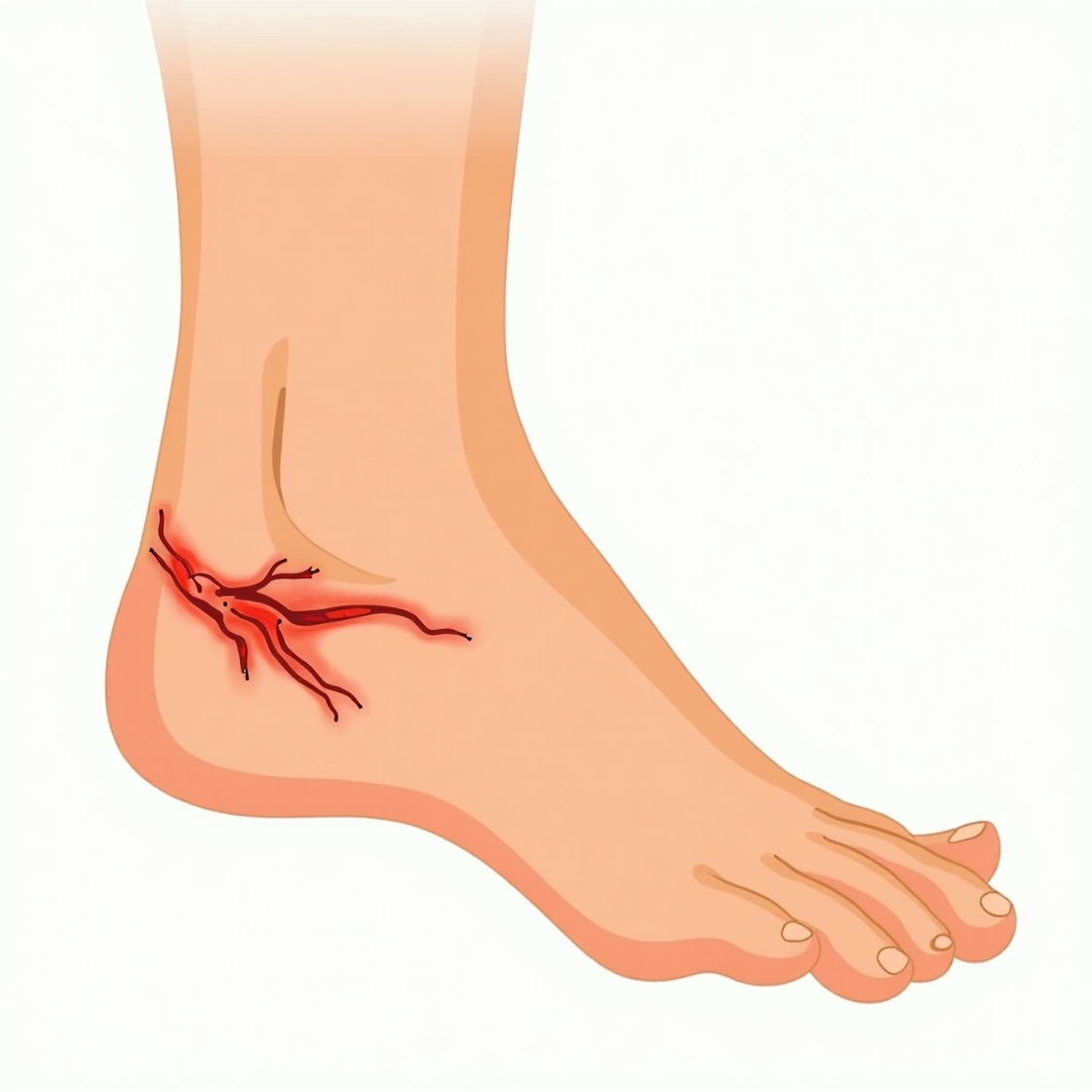What is Peripheral Artery Disease or P.A.D.?
PAD is a disease that causes narrowing of the arteries that supply blood to the limbs. The legs are more frequently compromised than the arms. Usually, this disease is progressive and the symptoms and signs are related to the severity and level of the blocked artery. The majority of patients with P.A.D. are initially asymptomatic. The most common symptom of P.A.D. is Claudication, which can be described as pain and tiredness in the lower extremities during exercise that typically will resolve with rest. Signs of more advanced P.A.D. include a condition known as “Critical Limb Ischemia” (CLI). CLI involves a lack of circulation that does not supply enough blood, even at rest. CLI causes leg pain even at rest, as well as ulcers that don’t heal and progress to gangrenous limbs.
What does P.A.D. look like?
Millions of people over age 50 are diagnosed with P.A.D. each year. It is one of the most common vascular diseases and sometimes does not show visible symptoms. Common symptoms of P.A.D. include:
-
- Painful cramping in one or both of your hips, thighs or calf muscles after certain activities, such as walking or climbing stairs (claudication).
- Leg numbness or weakness.
- Coldness in your lower leg or foot, especially when compared with the other side.
- Sores on your toes, feet or legs that won’t heal.
- A change in the color of your legs.
- Hair loss or slower hair growth on your feet and legs.
- Slower growth of your toenails.
- Shiny skin on your legs.
- No pulse or a weak pulse in your legs or feet.
Am I at risk of P.A.D.?
If you are older than 50 years old, the following risk factors may increase your likelihood of having P.A.D.
-
- Diabetes.
- Smoking.
- High cholesterol.
- High blood pressure.
- History of blocked arteries in other parts of the body.
- Family history of stroke or heart attack.
- Kidney disease.
- Obesity
Additionally, If you are younger than 50 years old and you have diabetes plus an extra risk factor mentioned in the list above, you may be at risk for P.A.D.
Treatments for P.A.D.
Treatments for P.A.D. can vary depending on its progression. Treatments can range from a simple change in diet, to percutaneous revascularization to prevent amputation of a limb in severe cases that are not treated early.
Conservative Treatment
-
Physical exercise
-
Heart healthy diet
-
Quit smoking
-
Control risk factors (Diabetes, Hypertension, Hyperlipidemia, etc)
-
Medications (antiplatelets, anti-thrombotics, vasodilators).
Procedures
-
Angiogram
-
Angioplasty
-
Arterial Intravascular Ultrasound (IVUS)
-
Atherectomy (Laser, Silver Hawk, Phoenix, CSI 360)
-
Medications (antiplatelets, anti-thrombotics, vasodilators)
-
Thrombectomy
-
Stenting​





